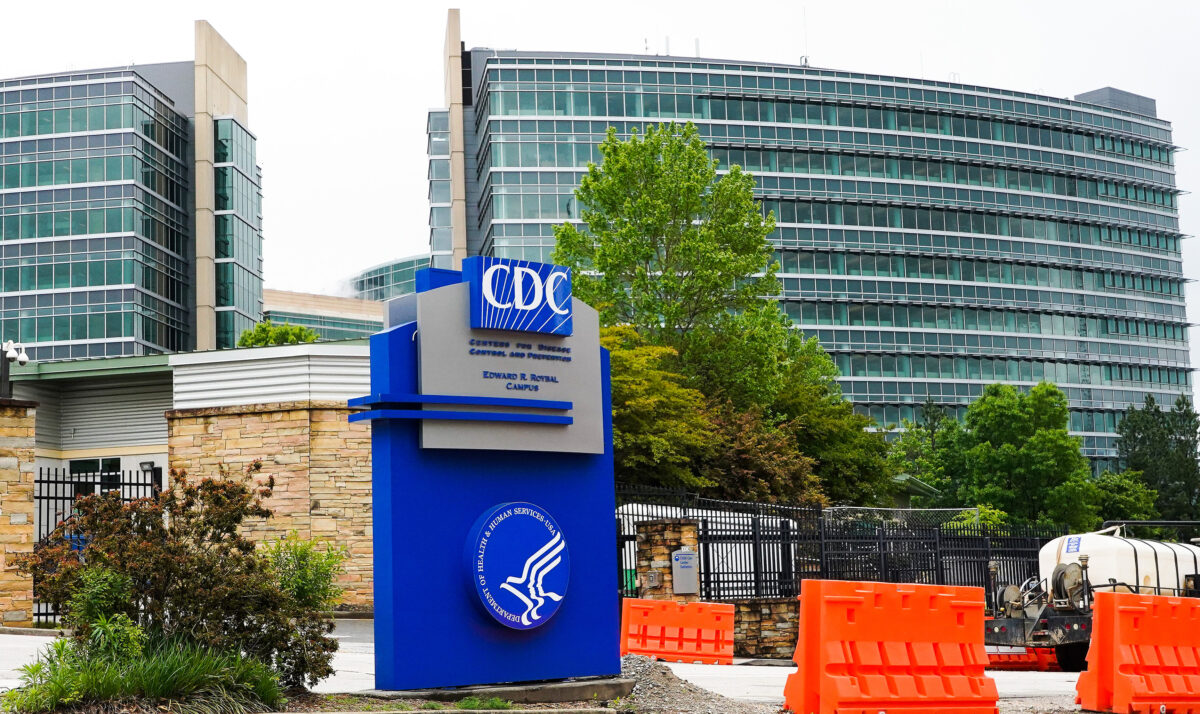


Rates of sexually transmitted infections (STIs) are on the rise among Americans, with more than 2.5 million reported cases nationwide in 2021, according to the data released April 11 by the U.S. Centers for Disease Control and Prevention (CDC).
Between 2020 and 2021, the CDC documented a total of 2.53 million cases of chlamydia, gonorrhea, and syphilis. That marks a 5.8 percent increase from the 2.39 million STI cases reported in 2020 and a 7 percent increase from the 2.36 million cases in 2017.
In hard numbers, there were 1.6 million reported cases of chlamydia, 710,151 cases of gonorrhea, and 176,713 cases of syphilis. The CDC also reported 2,855 cases of congenital syphilis (CS), the highest single-year count since 1994.
CDC scientists said they are “very concerned” about the growing numbers of cases of congenital syphilis, which occurs when a mother with syphilis passes the infection on to her baby during pregnancy. In 2021, congenital syphilis cases rose by 32 percent and resulted in 220 stillbirths and infant deaths.
“It is possible that a baby with CS won’t have any symptoms at birth. But without treatment, the baby may develop serious problems,” the agency explained, urging all pregnant women to be tested for syphilis at the first prenatal visit. “Babies who do not get treatment for CS and develop symptoms later on can die from the infection. They may also be developmentally delayed or have seizures.”
Chlamydia, gonorrhea, and syphilis are all treatable with antibiotics. Babies born with CS have to be treated right away, and depending on their medical condition, they may need antibiotics in a hospital for 10 days.
The CDC said certain demographics were hit especially hard in 2021, including gay and bisexual men, younger people, and black and Native American people.
“The U.S. STI epidemic shows no signs of slowing. The reasons for the ongoing increases are multifaceted—and so are the solutions,” said Dr. Leandro Mena, director of the CDC’s STD prevention division, in a statement. “For the first time in decades, we’re seeing promising new STI interventions on the horizon, but these alone will not solve this epidemic.”
“It will take many of us working together to effectively use new and existing tools, to increase access to quality sexual healthcare services for more people, and to encourage ongoing innovation and prioritization of STI prevention and treatment in this country,” Mena added.
For individuals, the CDC recommends adopting safe sex practices to prevent the spread of STIs, such as wearing condoms and engaging in mutually monogamous relationships.
The agency also recommends all sexually active women younger than 25 years be tested for gonorrhea and chlamydia every year, and all gay and bisexual men be tested at least once a year for syphilis, chlamydia, and gonorrhea.
